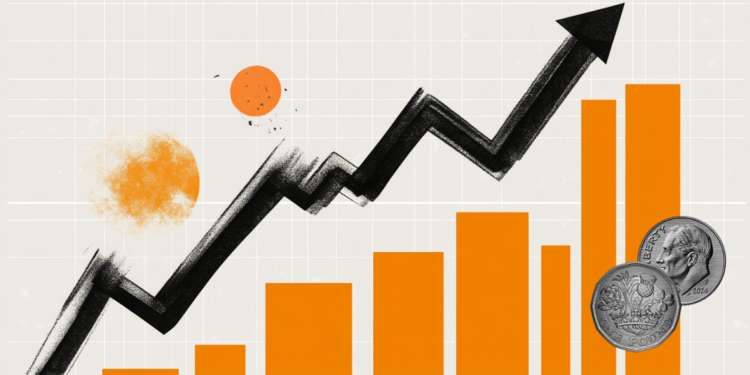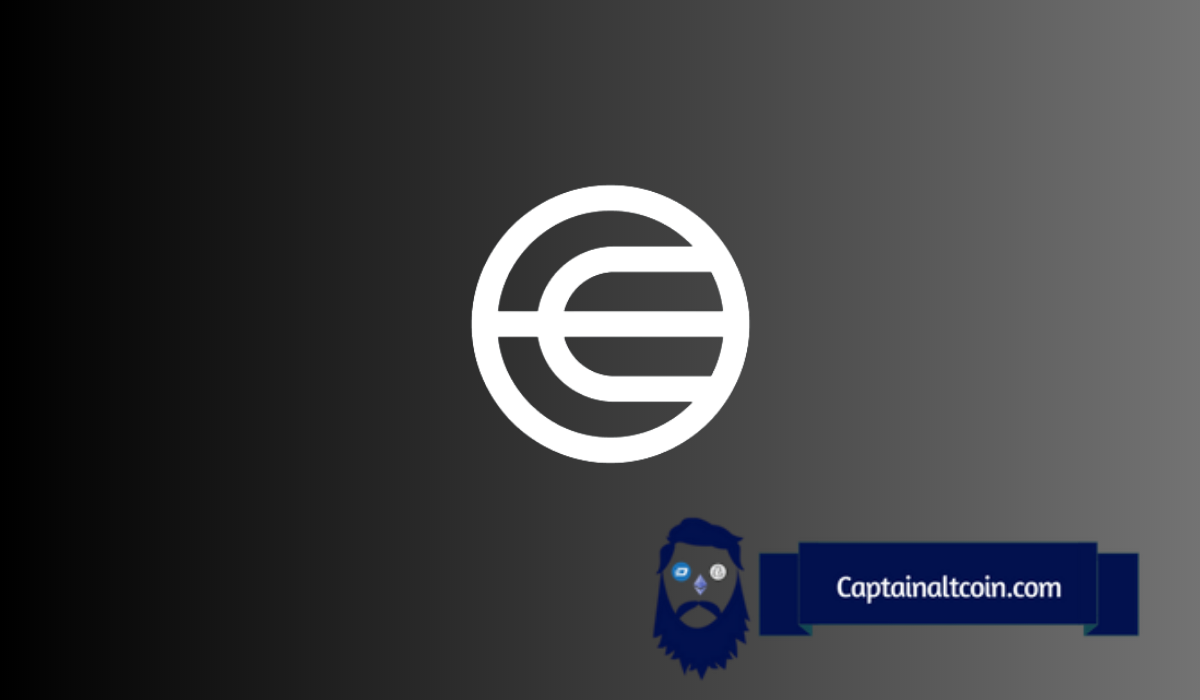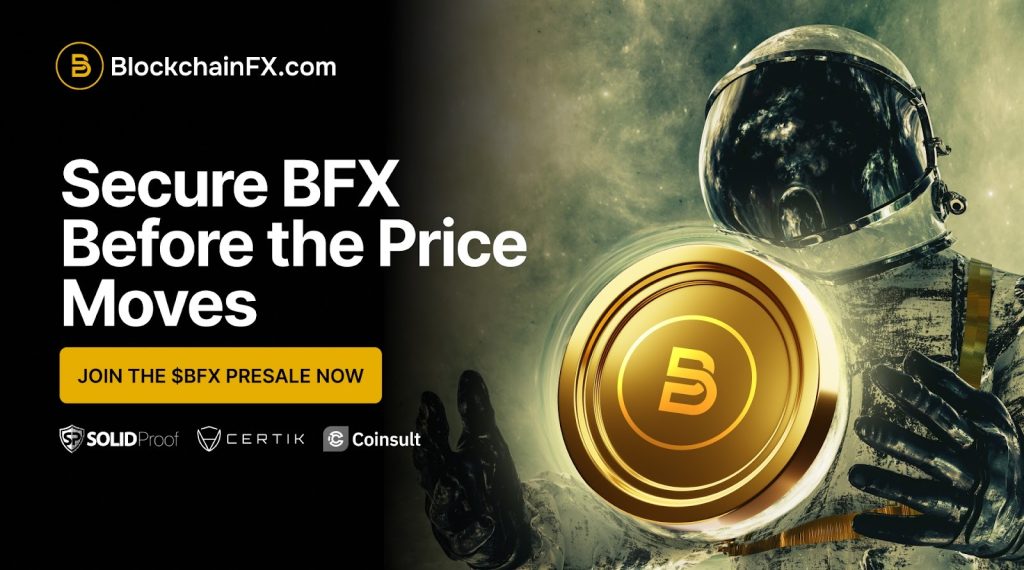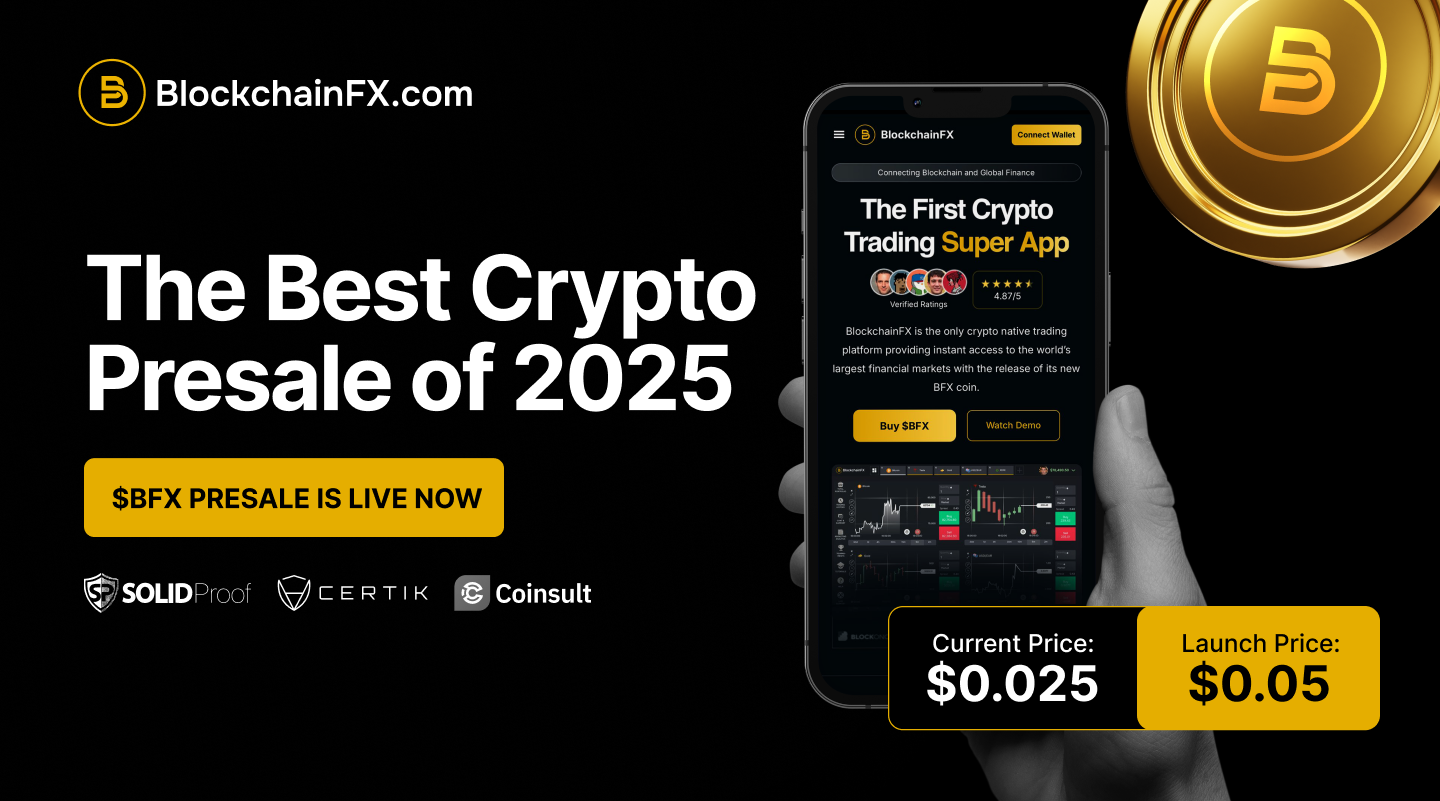I’m a CEO who was diagnosed with breast cancer at 43. I felt empowered when I turned to GenAI
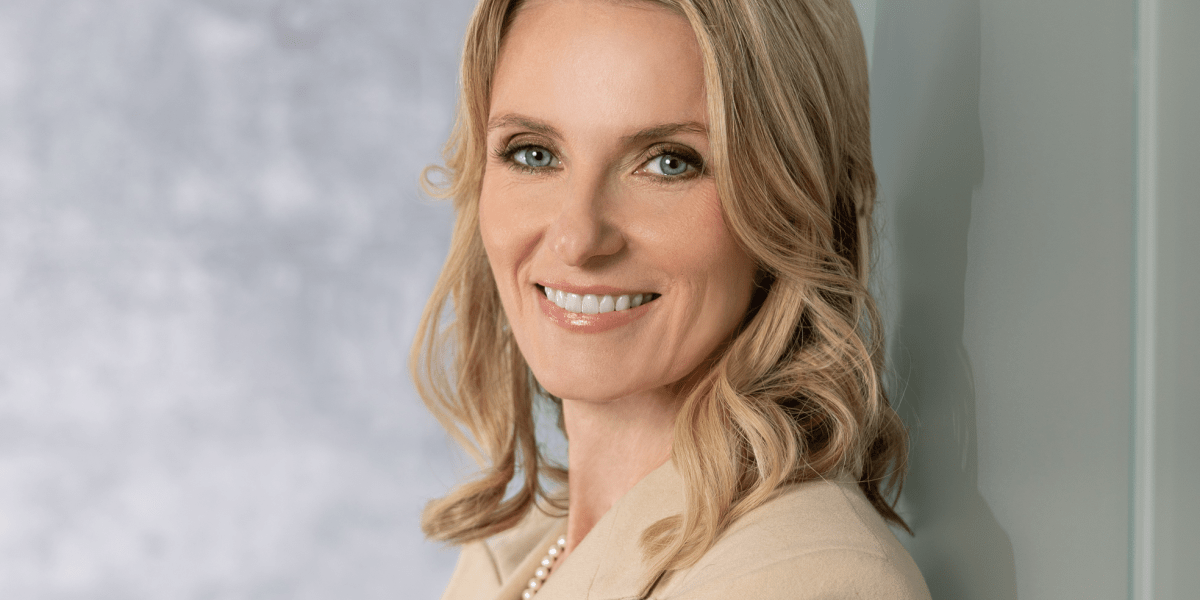

What does the face of breast cancer look like? I learned this summer that, despite having no genetic risk and being decades younger than the average breast cancer patient, it looked like me. The data shows the rate of breast cancer is growing faster in patients under 50, and the largest rise is in hormone receptor positive breast cancer, like mine. I made a mistake last year — I was overconfident and skipped my mammogram because of a busy work schedule. But I was not immune to cancer.
Prior to living as a full-time cancer patient, my plate was full as the CEO and board member of 8am, a fast-growing tech company based in Austin. I am a mom to two energetic boys, ages 8 and 10, and wife to an equally busy husband. We love to travel and find new hobbies together. Cancer forced me to reprioritize everything — and life kept going at full speed even as I wasn’t physically capable to keep going at the same pace myself.
I had to juggle running a company with over 600 employees and growing and 217% revenue growth over the last years, while also finding a treatment plan for Stage II breast cancer, and quickly. The CEO is expected to set the pace. How could I do that while taking time to literally save my life?
Approaching cancer diagnosis with a CEO mindset:
Move fast and advocate for yourself
As a new cancer patient, it became clear to me that the time from diagnosis to treatment really matters for a successful outcome. I was told that if you are within treatment in 60 days, you have a 90% survival rate regardless of stage. But, appointments can take weeks to schedule, only to then require testing that also takes weeks. I pushed for expedited appointments, fast-tracking biopsies and scans and clear deadlines for each phase of my treatment. One thing I am most proud of is the timeline of my treatment: from the day I was diagnosed, I completed surgery and started chemo within about 60 days. I realized that nobody was going to save me except myself.
It reminded me of my early days sitting in the CEO chair; it’s intimidating and overwhelming to say the least. The same is true sitting in a doctor’s office. I often found myself asking, “where do I have the right to make a decision?” and “where should I defer to the experts?” The reality is that in the same way no two businesses are the same — no two cancers are the same. This means that while there will be treatment recommendations that are clear-cut, there will be others where judgment is required. Leadership takes decisiveness, and there couldn’t have been higher stakes for me.
Self-care isn’t selfish
Since I turned 40 a few years ago, I really started investing in my health because I wanted to show up for my family and the company in the best way possible. That was gone as soon as I started treatment — the fatigue and intermittent nausea are constant. I was surprised to find that the same practices I had been using for my preventative health also applied here. While I used to feel selfish taking time away from work and family for acupuncture and lymphatic drainage, these were now part of my prescribed recovery. It made me look at self-care entirely differently, for myself and all my employees and even my family. It’s not selfish, it’s essential.
As vulnerable as I felt physically and dealing with this new schedule, one of the biggest hurdles of all was facing up to the need to ask for help. This was extremely vulnerable. I found myself asking for help for things I used to take for granted, like driving to appointments and tests and showing up on infusion days. Every chemotherapy infusion day is a long one because of cold capping. I have had to ask my husband and a small army of close girlfriends to show up and support me for almost 10 hours, which is no small ask, especially as they all have jobs and families that need them. I needed to delegate work so I could focus on my health, rely on friends and family for ongoing physical and emotional support, and most importantly, be honest with myself about what I can and cannot do.
I am halfway through my chemotherapy infusion treatments now, and even though I can see the end in sight, I am realistic that the fight isn’t over. After each infusion, I know I need to take the first week lightly, pay attention to how I am feeling and ramp back up in the weeks after an infusion, all while leaning on my incredible team for support and coverage. I am grateful that my business is performing well and that I have the cushion to do this, but that’s a vulnerable feeling, too. It’s a precarious thing to balance.
The strangest outcome of all is that I would feel lost if I didn’t have GenAI as a resource. As oncologists walked me through different pathology and genomics reports and discussed pros and cons of different treatment options, I remember coming home feeling completely overwhelmed and still processing. After all, I am no oncology expert. Not knowing what to do next, I turned to GenAI for support. ChatGPT gave me the confidence to understand my own data, to have informed, data-driven conversations with my doctors, and to feel smart enough to ask the right questions.
This fight has taught me that leadership isn’t just about leading others. Sometimes it’s about leading yourself through your own hardest moment, trusting your gut and your team, counting your blessings, and using the technology available.
The opinions expressed in Fortune.com commentary pieces are solely the views of their authors and do not necessarily reflect the opinions and beliefs of Fortune.

